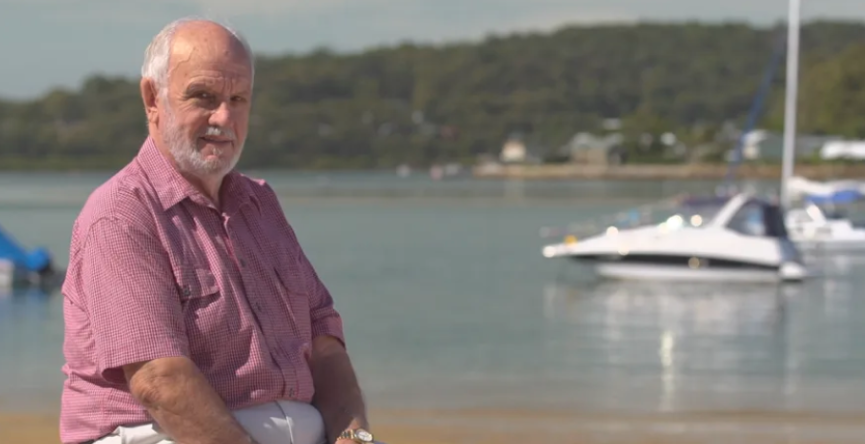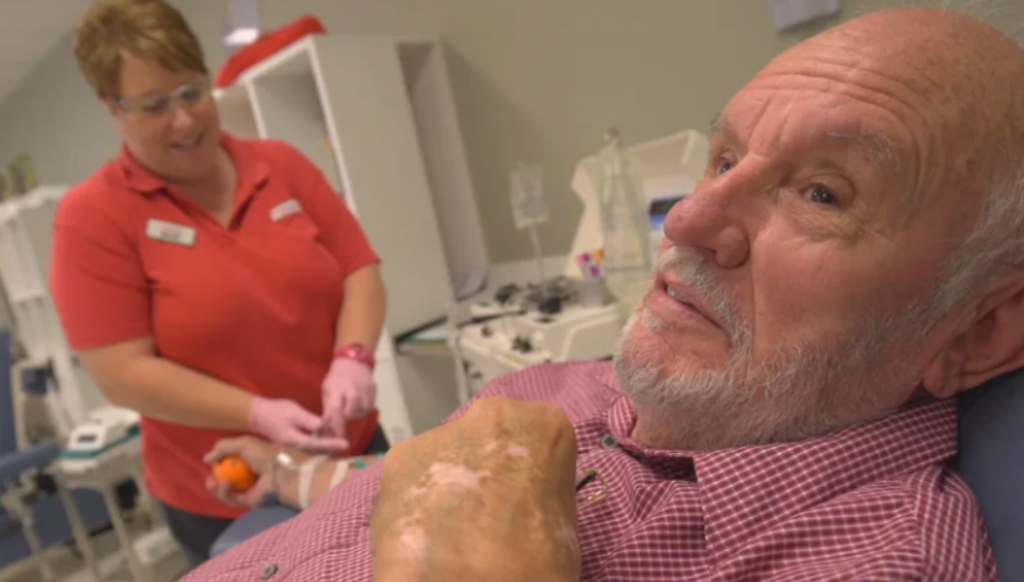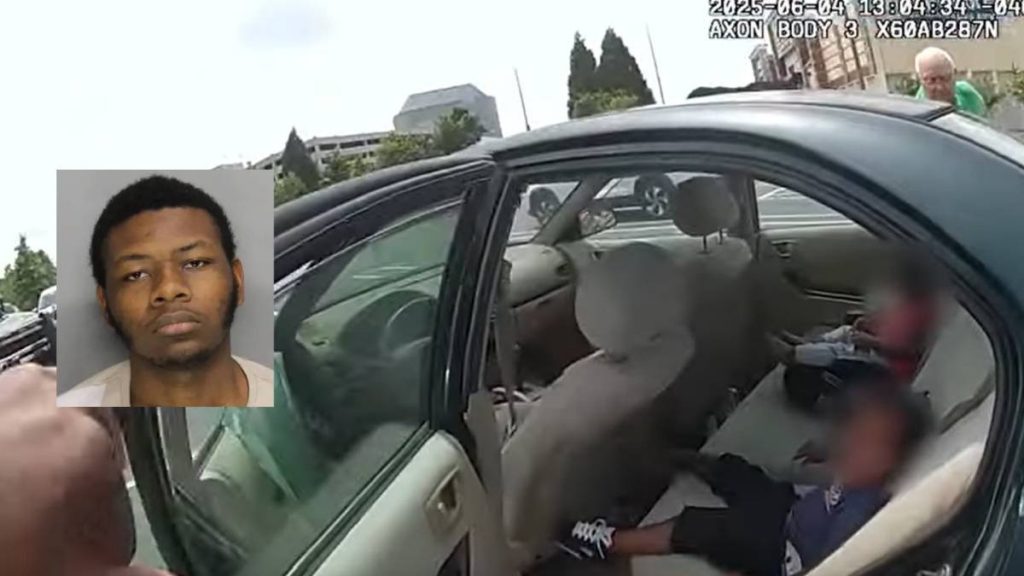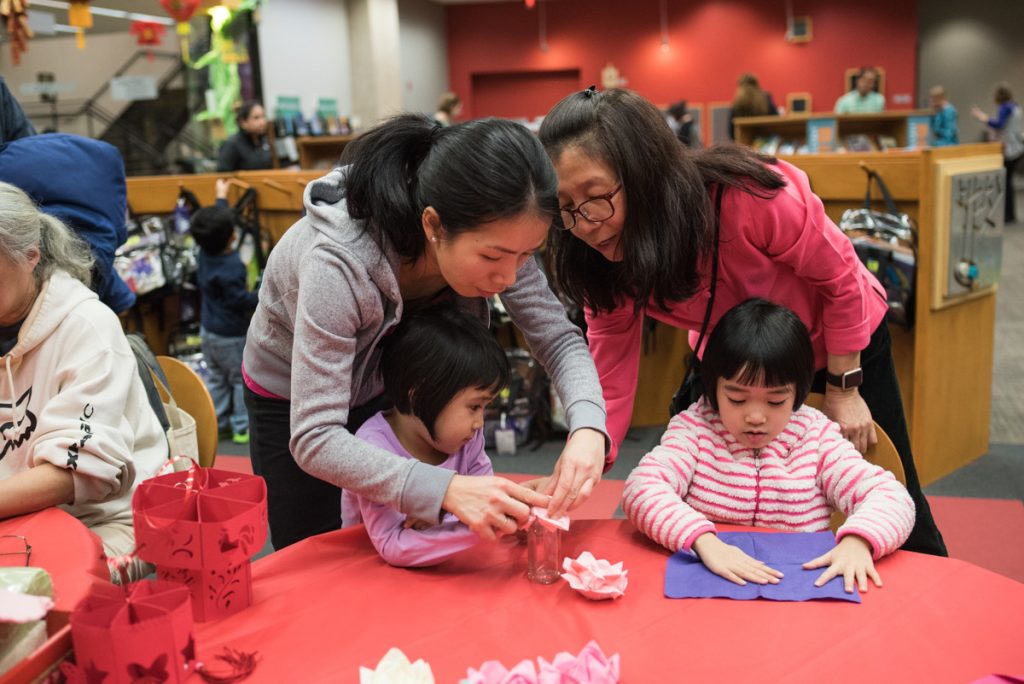James Harrison, Whose Blood Saved 2 Million Babies, Has Died

© CNN Health
James Harrison, famously known as the “Man with the Golden Arm”, has passed away at the age of 88, leaving behind an incredible legacy of generosity.
As Australia’s most prolific blood and plasma donor, Harrison’s rare blood helped create a treatment for Rh disease, a condition that can be fatal for newborns.
Over six decades of donations, he is credited with saving 2.4 million babies, making his contributions one of the most remarkable in medical history.
James Harrison Has Passed Away
James Harrison passed away peacefully in his sleep at a nursing home on February 17, as announced by Lifeblood, the Australian Red Cross branch. Over 64 years, he donated blood and plasma an astonishing 1,173 times, nearly all from his right arm.
Harrison never missed a donation appointment and expected nothing in return, as blood donors in Australia are not financially compensated. Lifeblood CEO Stephen Cornelissen described him as a remarkable, kind, and generous person whose lifelong dedication to giving touched people worldwide.
What Did He Contribute?
Harrison’s plasma contained a rare antibody called anti-D, discovered in the 1960s. It is used in medication to prevent haemolytic disease of the fetus and newborn (HDFN). This is a potentially fatal condition caused by blood incompatibility between a pregnant person and their baby
Lifeblood reports that 17% of pregnant women in Australia require anti-D injections. Most of the country’s supply comes from fewer than 200 regular plasma donors.
The One and Only
Harrison was Australia’s first and most prolific anti-D donor, according to Lifeblood. He was awarded the Medal of the Order of Australia in 1999. However, he remained humble about his contributions, encouraging others to donate. In a 2015 interview with NPR, he dismissed the idea of being a hero. He said he simply donated, enjoyed a coffee and a snack, and went on his way.

Why Did He Do All of This?
At 14, Harrison underwent lung removal surgery, requiring a three-month hospital stay, 100 stitches, and nearly two gallons of donated blood. Grateful for the transfusions that saved him, he later became a donor himself, despite his fear of needles.
Harrison was eager to donate from the moment of his surgery, knowing blood donors had saved his life. “I don’t know how many people it took, and I never met them,” he said.
When Did James Harrison Start Donating and Why?
Harrison began donating blood and plasma in 1954 at age 18. About a decade later, scientists developed the anti-D treatment for HDFN. They discovered his blood contained the rare, life-saving antibody, likely due to the transfusions he received as a teenager.
Once Harrison learned he had anti-D, he was eager to continue donating and switch to plasma to help as many people as possible. “I was prepared and wanted to give something back,” he said, noting he had been donating for 60 years.
Since 1967, Lifeblood reports that more than 3 million doses of anti-D containing Harrison’s blood have been given to Australian mothers, including members of his own family.
What Did His Family Think of This?
Harrison’s daughter, Tracey Mellowship, was among the women who received the anti-D injection during pregnancy. “As an anti-D recipient myself, he has left behind a family that may not have existed without his precious donations,” she said, adding that her father was “immensely proud” to have welcomed two great-grandchildren in his later years.
Harrison’s contributions not only helped his family grow but also inspired them to give back. “The whole family are blood donors,” he told NPR. “And that makes you feel proud, too.”

In 2011, Harrison’s grandson Scott made his first donation while seated next to Harrison, who was making his 1,000th. His late wife Barbara was also a blood donor, and Harrison continued donating “even in his darkest days,” including after her passing, according to Lifeblood.
Mellowship shared that her dad was proud to have saved so many lives “without any cost or pain.” “It made him happy to hear about the many families like ours, who existed because of his kindness,” she said, adding that he always said, “It does not hurt, and the life you save could be your own.”
Scientific Advancements Thanks to James Harrison
Harrison officially retired at age 81, the maximum age for blood donations under Australian law. He made his final donation in May 2018, surrounded by half a dozen grateful mothers holding babies who had benefited from the anti-D program.
From his blood center recliner, Harrison lamented his forced retirement, telling the Sydney Morning Herald, “I’d keep on going if they let me.” However, he remained optimistic about passing the baton, or, more accurately, the squishy stress ball. “I hope it’s a record that somebody breaks, because it will mean they are dedicated to the cause,” he said.
Australia has around 200 anti-D donors who help approximately 45,000 mothers and babies each year, according to Lifeblood. However, due to the rarity of the antibody and the limited number of regular human donors, scientists are working to develop a synthetic version.
Lifeblood is collaborating with the Walter and Eliza Hall Institute of Medical Research (WEHI) on a project called “James in a Jar,” which could allow Harrison to continue saving lives after his death. The team has successfully recreated and grown his antibody in the lab, with hopes it will one day help prevent HDFN, not only for pregnant women in Australia but worldwide.
We send our heartfelt condolences during this difficult time. James Harrison’s remarkable legacy will continue to inspire and make a difference in countless lives. Our thoughts are with Harrison’s family!
You might also want to read: James Harrison’s Blood Plasma: One Man Saved 2 Million Babies



